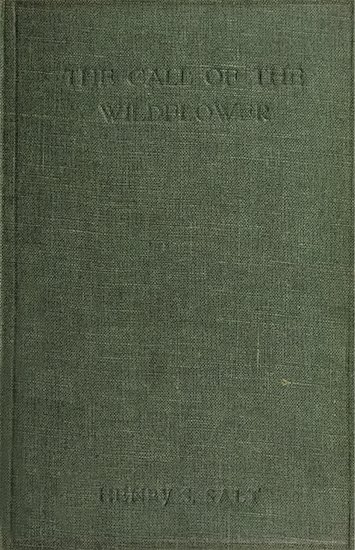
Summary
THE "call of the wild," where the love of flowers is concerned, has an attraction which is not the less powerful because it is difficult to explain. The charm of the garden may be strong, but it is not so strong as that which draws us to seek for wildflowers in their native haunts, whether of shore or water-meadow, field or wood, moorland or mountain. A garden is but a "zoo" (with the cruelty omitted); and just as the true natural history is that which sends us to study animals in the wilds, not to coop them in cages, so the true botany must bring man to the flower, not the flower to man. That the lovers of wildflowers--those, at least, who can give active expression to their love--are not a numerous folk, is perhaps not surprising; for even a moderate knowledge of the subject demands such favourable conditions as free access to nature, with opportunities for observation beyond what most persons command; but what they lack in numbers they make up in zeal, and to none is the approach of spring more welcome than to those who are then on the watch for the reappearance of floral friends.
Content
- The Call of the Wildflower
- On Sussex Shingles
- By Ditch and Dike
- Likeness That Baffle
- Botanesque
- The Open Downland
- Prisoners of the Pasterre
- Picking and Stealing
- Round a Surrey Chalk-Pit
- A Sandy Common
- Quaintness in Flowers
- Hertfordshire Cornfields
- The Sower of Tares
- Dales of Derbyshire
- No Throughfare!
- Limestone Coasts and Cliffs
- On Pilgrimage to Ingleborough
- A Botanophilist's Journal
- Felons and Outlaws
- Some Marsh-Dwellers
- A Northern Moor
- April in Snowdonia
- Flower-Gazing in Excelsis
- Coves of Helvellyn
- Great Days
- The Last Rose
- Index
Reviews
- Call of the Wildflower Unknown, 1922
- The Call of the Wildflower The Guardian, September 5, 1922
- Treasures of the Wildness Times Literary Supplement, July 6, 1922
